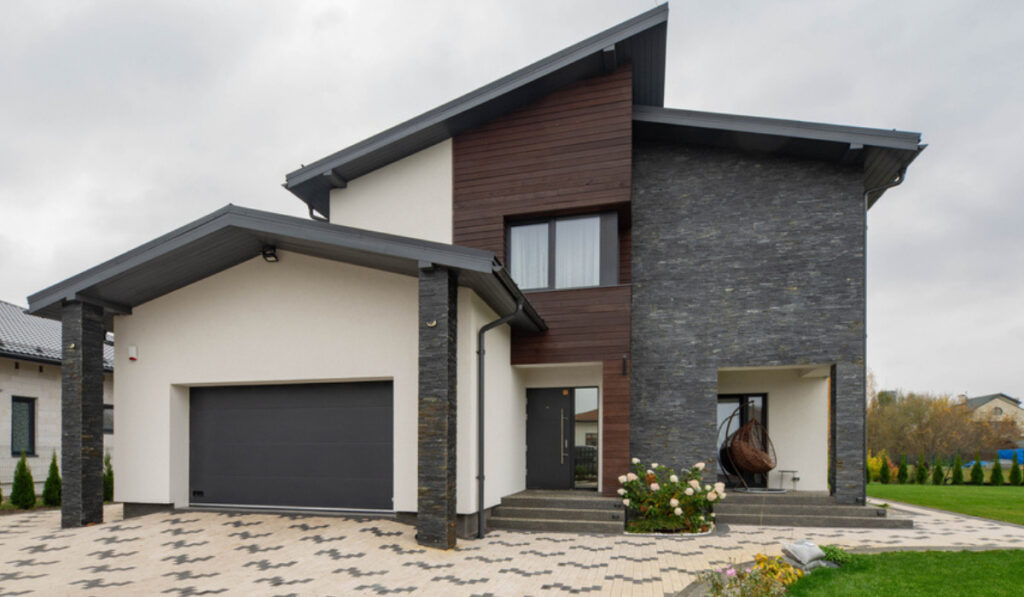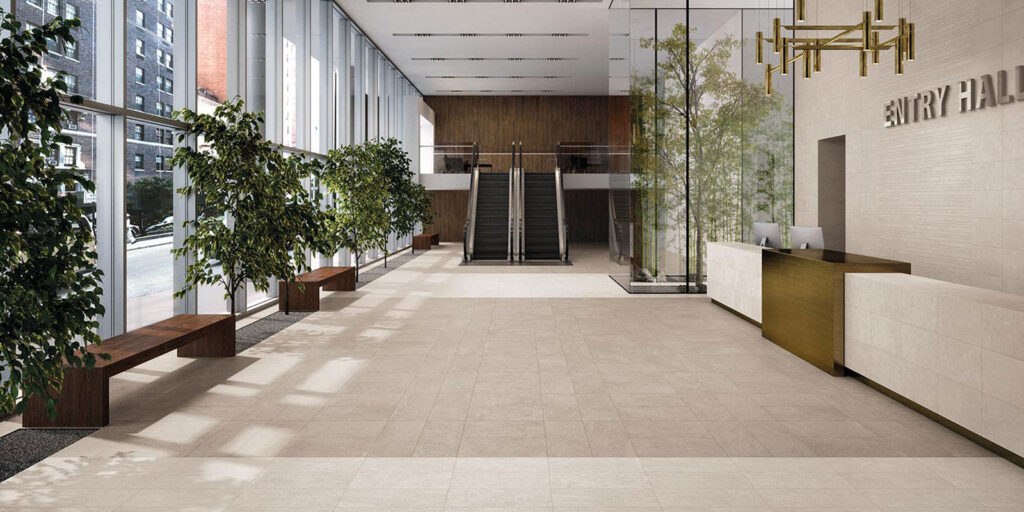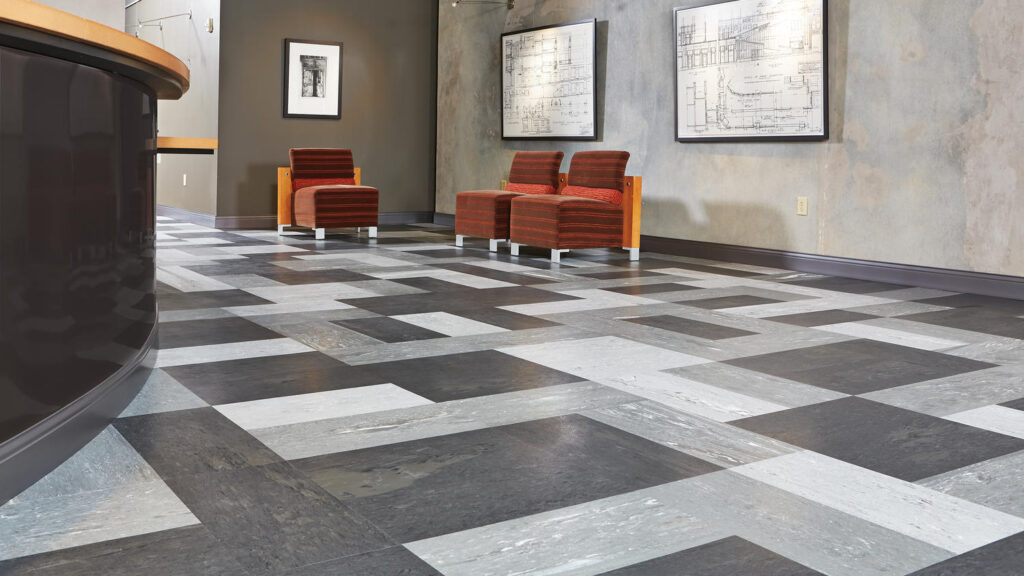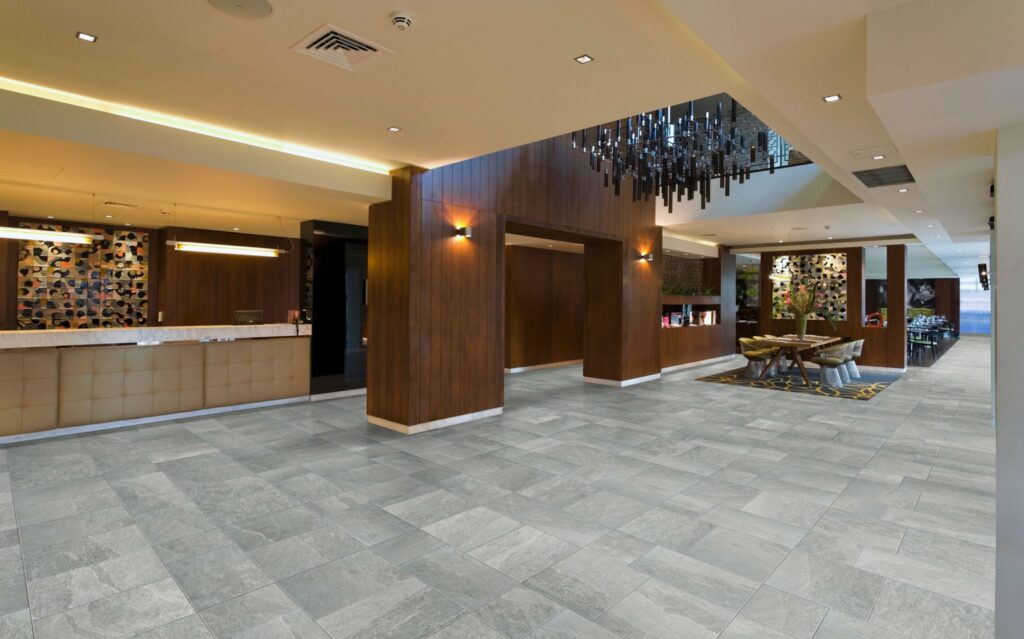We are all aware that outdoor living areas must be both useful and aesthetically pleasing. However, outdoor flooring must be solid and resilient enough to endure all of the weather. Outdoor tiles are an excellent way to improve a typical concrete slab or brick patio, and they also provide a plethora of design options.
Selecting the appropriate outdoor tiles may be difficult and perplexing. This is because there are several options. Without sufficient assistance and understanding, you risk purchasing the incorrect outdoor or pool tile that may be also impropriate to weather conditions.
We’ve compiled a list of the best suggestions for selecting the ideal outdoor tiles for your personal or business environment in this article.

1. Emphasis on the Tiles’ Durability
The most important guideline for selecting the ideal outdoor tiles is to prioritize strength and durability. Few people evaluate the tile’s strength, which is a big oversight. Unlike interior tiles, outdoor tile should be more durable and resistant to scratches, cracks, and other long-lasting damage. As a result, it is critical that outdoor tiles be durable enough to endure severe weather conditions and heavy traffic areas.
You may consult with tile specialists to determine the strength and durability of the tiles you need.
2. Take Slip Resistance and Texture into Consideration
Your first concern should be safety. This is why, regardless of the area needed, it is critical to consider the slip resistance and texture of the tiles when selecting outdoor tiles.
Outdoor tiles are often exposed to wetness, which may result in slips and falls. To avoid accidents and slips, you should use slip-resistant tiles or tiles with a slip-resistant texture.
3. Keep Your Personality in Mind
Your primary attention should be on style. The outside of your home may create or destroy its curb appeal. This implies that it is critical to make an excellent first impression. Because it will be the first thing your visitors perceive when they enter your home, it is critical that it complements your home’s general charm and architectural elements.
The outdoors should not seem to be a distinct location; rather, it should merge in with the general idea of the home. As a result, you must concentrate on the tile’s materials. Outdoor tiles should complement the overall appeal of your home in terms of style, design, texture, and color.
4. Establish Your Budget
Another tip for selecting the finest outdoor tiles is to keep your budget in mind. Everyone is aware that a patio is a large space, and if you choose expensive tiles to cover it, the cost will be considerable. It is not prudent to spend your whole money on patio tiles. While we understand that the outside of your home is the first thing visitors and passersby see, it is not worth burning a hole in your wallet.
That is why you should establish a budget and strive not to exceed it.
5. The Importance of Light Exposure and Weather Conditions
How many of you have ever considered the light exposure of patio tiles while making a purchase? To be honest, many people are unaware that light exposure plays a significant influence in determining which outdoor tile to choose.
As we all know, patios get a plenty of sunshine. If a tile is not designed for prolonged exposure to sunshine, it will discolor and lose its charm. You do not want your patio to seem unsightly.
If your region is shady, you must use brightly colored tiles. This will add brightness to the room. If the region will get a lot of sunshine, dark colored tiles are required.
Apart from this, you cannot neglect weather circumstances. If you live in a location that experiences drastic temperature fluctuations, such as freezing and thawing, you’ll need an outdoor tile that can readily handle them.
Sandstone may not be the best material to use in such weather conditions. This is due to the fact that it is porous and may absorb water. When the water freezes, the tile might fracture or shatter at the junction. Porcelain, on the other hand, has a low absorption rate.
As a result, while purchasing outdoor tiles, you must consider the weather and light exposure.

6. Selecting the Appropriate Tiles for Each Outdoor Area
When purchasing outdoor tiles, it is necessary to examine their intended use. While we are all aware that outdoor tiles are constructed to withstand the environment, not all tiles are created equal. Certain tiles are more durable than others, while others are very resistant to water. Click here to learn also important things when buying bathroom tiles.
There are a variety of tiles available for the patio, deck area, pool area, and flooring. Whether you’re installing it on the wall or the floor, you’ll want to keep this in mind when selecting an outdoor tile.
7. Take into account the conclusion
The following are some of the most frequently used tile finishes.
Tiles with a Wood Finish
You may pick from a variety of finishes, including wood finish tiles. It is capable of providing a sturdy surface and is relatively simple to install. Wooden tiles are very durable and can resist a variety of weather conditions.
Tiles for Decking
Decking tiles are huge squares of wood with an interlocking backing strip. It is often constructed of a water-resistant wood such as redwood or cedar. It aids in the creation of a ground-level deck devoid of an understructure. Wood decking tiles cost between $8 and $12 per square foot.
Carpet tiles
Carpet tiles are another option for outdoor tile finishes. It is a one-of-a-kind design that is ideal for bringing a touch of luxury and refinement to any space. The tiles are composed of peel-and-stick indoor-outdoor carpeting. Carpet tiles may have interlocking edges or be held together using adhesive tape. These tiles may be installed over concrete slabs. The finest feature of these tiles is that they are easily removable. Carpet tiles cost around $3 per square foot.
Plastic Tiles That Interlock
It is a relatively new kind of tile with a plastic surface and interlocking edges. The finest feature of these tiles is their texture. The roughness of interlocking plastic tiles contributes to their resistance to falls and slides. Covering a concrete slab with such tiles is an excellent idea.
Rubberized Surface
Rubber finish tiles are an excellent choice for playgrounds and sports courts. Typically, rubber tiles include interlocking edges that may be joined together to create a uniformed surface. Because these tiles are very soft, they may be utilized near swimming pools.

8. Choosing the Appropriate Outdoor Materials
Outdoor tiles come in a variety of materials; we’ve selected some of the most common below. Man-made and natural stones are the two types of materials.
Natural Stone Components
Natural stone tile installation costs may vary from $5 to $35 per square foot. This is subjective and is determined by the design, style, and materials utilized. Labor costs vary between $8 and $20 per square foot. Certain natural stones, such as travertine, sandstone, and limestone, are affordable. Slate, granite, and soapstone are all high-priced materials.
Granite
Granite is a natural stone that is often utilized in outdoor applications. This is a highly polished premium and high-end paving material. This is why it turns slippery when wet. Due to the porous nature of the material, it must be sealed on a regular basis to avoid water penetration and stains.

